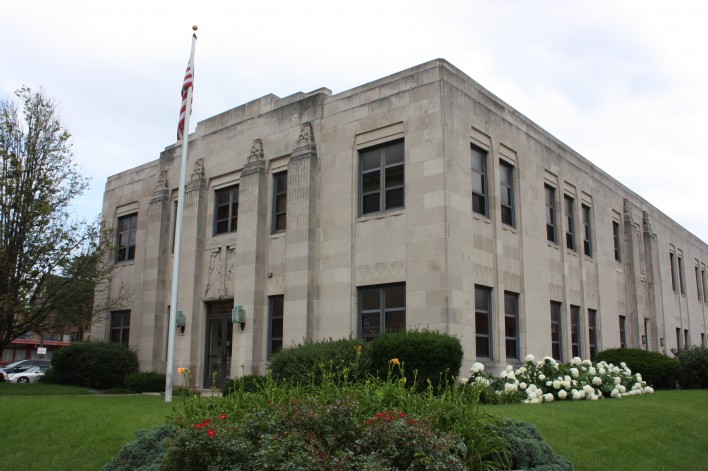IEA is an union of more than 135,000 members composed of Illinois elementary and secondary teachers, higher education faculty and staff, educational support professionals, retired educators and college students preparing to become teachers. The IEA was founded in 1853 to serve the interest of public education in Illinois. The IEA became an affiliate of the National Education Association in 1857, an organization currently totaling 3.2 million teachers and school employees working to make our good public schools even better for all students.
Our Mission
The Illinois Education Association-NEA’s mission is to effect excellence and equity in public education and to be THE advocacy organization for all public education employees.
Our History
In December 1853 a group of educators convened a meeting in the town of Bloomington to discuss the educational needs of the state. As a result, the Illinois State Teachers’ Association, later renamed Illinois Education Association, was formed. The ISTA, comprised of school administrators, classroom teachers, and friends of education, met annually to discuss issues affecting schools, exchange pedagogical views, and determine ways to further the cause of education in the state.
The Association’s early efforts focused on creating the position of State Superintendent of Public Instruction, establishing a professional journal, the Illinois Teacher, and founding the State Normal School (later Illinois State University) for the formal training of teachers. Despite difficult conditions, these goals were achieved within the first five years of the ISTA’s existence.
Changes within the teaching profession prompted changes within the Association. Women had always been invited to observe, and even present papers at the ISTA’s annual meetings. In the years following the Civil War, an increasing number of females entered the teaching ranks. In response to this growing segment of membership, in 1871, women were given full voting and membership rights upon payment of the $1 annual dues.
With the new century came technological advances, increased urbanization, and a rapidly expanding population creating many challenges for the state’s public schools. Added to this were expanded employment opportunities outside the teaching profession. Attracting and keeping good people in the profession became a priority. Through its annual deliberations, recommendations to the legislature, and in the pages of the Illinois Teacher, the ISTA worked to address these concerns.
The Association sought a minimum salary law for teachers, supported equalized state aid to schools, and encouraged the passage of tenure legislation. Some of the achievements during the first half of the century include: improvements in teacher certification, the school year extended to 8 months, establishment of kindergartens and vocational education schools, enactment of a teacher pension system, and support for school district consolidation.
The ISTA, itself, underwent changes that better enabled the organization to advance its goals and reach educators throughout the state. A statewide representative assembly and a system of geographical divisions was adopted, the first full-time staff members were hired, and in 1931, construction was completed on the Association’s permanent headquarters in Springfield.
In 1936 the ISTA changed its name to the current Illinois Education Association. Representatives of the statewide membership continued to meet annually, but a board of directors and permanent staff pursued the Association’s goals year-round. During this period a teacher tenure law was secured (1941), and a minimum salary law was enacted (1945).
The IEA marked its 100th year in 1953, and celebrated the many achievements on behalf of the state’s public schools and employees.
In the 1960’s change was once again on the horizon. The paternalistic administrator-teacher relationship that had long been established in the schools carried over into the professional organization. Though teachers comprised the majority of the membership, leadership came largely from the ranks of the school administrators. Throughout the decade a growing number of classroom teachers, frustrated by their lack of input in classroom matters and seeking improvements in salary and benefits, began asserting themselves in the organization. They demanded an association that would help them meet their needs.
After a 1970 constitutional convention, classroom teachers assumed control of the IEA. Administrators gradually left the membership ranks, unified dues with the National Education Association were established, and the UniServ system with field offices was adopted. Additional staff were hired to help negotiate contracts with school boards, and in 1971, the Illinois Political Action Committee for Education was created giving public school employees a stronger voice in the political arena. The signing of the Collective Bargaining Bill in 1983, the culmination of a 15-year lobbying effort, stands out among the many legislative achievements of this new era.
Today the IEA has more than 135,000 members and is comprised of classroom teachers, education support professionals, higher education staff and faculty, students, and retired association members. Twenty-two regional offices serve members throughout the state. We continue a long tradition of advocacy on behalf of the state’s public school employees while supporting innovations that will improve our ability to educate children.

